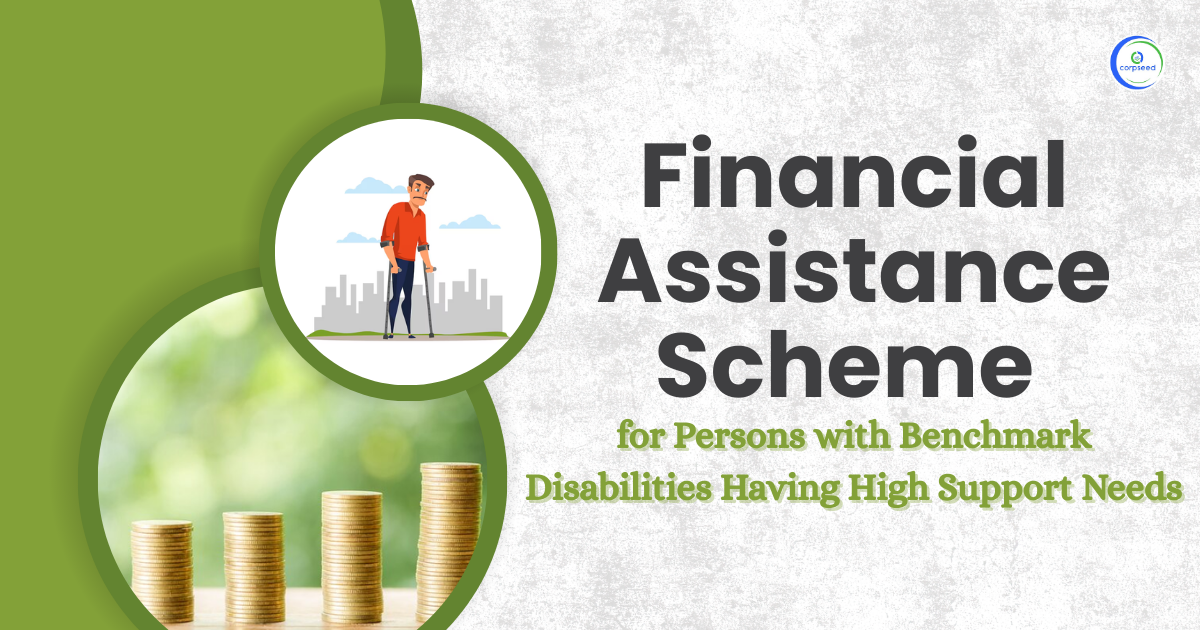The Universal Service Obligation Fund (USOF) is a fund created by a 5% Universal Service Levy levied on all telecommunications fund operators' Adjusted Gross Revenue (AGR). This money is held in the Consolidated Fund of India and is disbursed only once the Indian Parliament has approved it.
The Indian Telegraph Act of 1885 established the USOF. In 2003, the statute was revised to give the fund legislative status. The fund and related provisions are governed by the Ministry of Communications Department of Telecommunications.
USOF's goal is to strike a balance between providing Universal Service to all unserved areas, especially rural ones.
Recent Context: The USOF is in the news because the Cellular Operators Association of India (COAI) has requested an 8 percent reduction in the license charge, which includes the USOF (5%) and the License Fee (3 percent). The idea was made in response to telecom companies' debts and the increased demand for communication services as a result of the introduction of Work from Home (WFH) in the midst of the COVID-19 pandemic.
Purpose of the Universal Service Obligation Fund:
In its New Telecom Policy (NTP) of 1999, the Indian government set Universal Service as a goal. Universal Service refers to the ability for any subscriber to communicate with any other subscriber on any other exchange.
In consultation with the Telecom Regulatory Authority of India, it was proposed to impose Universal Access Levy (UAL) on the earnings of telecom licensees through NTP 1999. (TRAI).
Universal Service's History:
- Rowland Hill (an English Reformer notable for his fight on postal system improvements) is credited with inventing the USOF concept in 1837.
- It is one of the Universal Postal Union's main goals.
- Theodore Vail, the President of AT & T, is reported to have coined the term "universal service."
- The benefits of telecommunication technologies are to be given to all people on the planet, as stated in the International Telecommunication Union's Constitution (ITU).
India's Universal Service Obligation Facility:
- The Universal Service Support Policy (USSP) went into force on April 1, 2002.
- On March 27, 2002, the Department of Telecommunications (DoT) announced guidelines for the USSP.
- The guidelines for the administration of the USOF were published in 2004. Indian Telegraph (Amendment) Rules, 2004 were the name of the rules.
- The fund does not lapse due to under-use on a yearly basis.
- The power sector is currently proposing a reduction in the USO levy from 5% to 3%.
Vision and Goals of USOF
The Universal Service Obligation Fund's objective, as stated in its inception, is to give all rural Indians with cheap access to a dependable and ubiquitous telecommunications network, allowing them to reach their full potential.
The USOF intends to achieve the following social, economic, political, and constitutional goals:
- To expand the telecommunications network.
- To encourage people to use Internet and communication technology (ICT) services.
- To close the access gap by bringing underserved and unserved portions of the country into the telecom spectrum.
- Target subsidies will be used to distribute the pooled USO levy in a fair manner.
USOF's Partners
USOF has 24 partners, according to the Department of Telecommunications. It contains the following:
- Bharat Sanchar Nigam Limited
- Tata Tele Services Limited
- Reliance Communications Limited
- Vodafone
- Bharti Airtel Limited, etc.
The USOF's Benefits
With a concentration on telecom connectivity, it is thought to deliver social and economic benefits.
- The USOF is an important step toward reducing urban migration by providing affordable communication services in remote and rural areas. This will ensure that work possibilities in rural areas are created, allowing for more cash to be generated.
- Rural Business Process Outsourcing (BPOs-Rural) and Rural Knowledge Process Outsourcing will benefit from the expansion of ICT services (KPOs-Rural.)
- The greater knowledge of ICT services in rural regions, as well as the growing engagement of rural people, will aid in the promotion of health, education, and other services.
- The USOF is also seen as an effective tool for extending the advantages of government programmes focused at the social development of rural people.
- Village Public Telephones (VPTs), Rural Community Phones (RCPs), Rural Household Telephones (RDELs), and mobile infrastructure are provided to rural communities.
USOF Schemes
Several initiatives are being carried out with the help of the Universal Service Obligation Fund. The following are some of the schemes:
- BharatNet - The goal is to connect all of the country's gram panchayats to the internet. In 2011, the project was approved. It is scheduled to be finished in 2023. This project is supported by the USOF.
- Optical Fibre Cable for North East - It's being done in stages. Phase I considers Meghalaya, Mizoram, and Tripura for OFC expansion, whereas Phase II considers Arunachal Pradesh, Manipur, and Nagaland.
- Submarine Cable Connectivity to Andaman and Nicobar Islands (CANI) - In August 2020, the Prime Minister formally opened it. Between Chennai and Port Blair, as well as Port Blair and seven islands, an undersea cable with a length of almost 2300 kilometers has been installed.
USOF's Role in Rural Telecom Services
Despite the fact that mobile services have grown rapidly in most developing countries, they have generally remained limited to metropolitan regions. This has exacerbated the already existent urban-rural divide. Because there are various market hurdles in this attempt, including limited commercial viability, policymakers and regulators see the need for an effective regulatory and policy framework to close the gap. However, the majority of such efforts have failed miserably. This article discusses India's experience with growing rural teledensity, as well as its recent governmental attempt to increase penetration through the formation of a Universal Service Obligation Fund (USOF), which supported a number of creative initiatives.
The design and deployment of mobile services in rural areas had been the USOF's most ambitious endeavor to date. The results of several initiatives, particularly those of the USOF's mobile service providing component, are examined in this study. The USOF program, despite its unique design, had little influence on improving rural teledensity. Positive policy measures that decreased service supply costs (revenue shares, duties, ADC) and increased competition, on the other hand, enabled higher rural penetration. This highlights the question of the government's involvement in increasing rural tele densities in comparison to the private sector. The minimal impact was due to a lack of responsibility stemming from the connection between the government-owned incumbent and the USOF administrator, as well as proper appraisal of USOF, non-ring fencing of the fund, and poor project management.
Because of the lack of early involvement of private operators, the inability to properly enforce any penalties for contract violations, and the lack of a review and feedback process, the USOF has been unable to reap the benefits of an early start. In Peru, strong fines for non-compliance with contracts resulted in more on-time schedules (Cannock, 2001). Because the USOF is such a well-known organization, it is critical to achieving high-impact results. On a strategic level, the USOF should be governed by an independent authority that is held accountable for results. This architecture necessitates the use of third-party assessments and increased contract enforceability. The strategic elements of design will not produce the value that was expected without this operational framework.
This article also presents a methodology for evaluating the USOF and compares it to other countries experiences. The USOF should be viewed as one of several tools for boosting rural tele densities, with efforts undertaken to assist policy results on a range of levels.
Challenges in USOF Administration
- The legal and regulatory framework that underpins it
- The Context of Socio-Political Situations
- Adapting to shifting requirements and focusing might be difficult.
- Demand and USF charges are correlated.
- Institutional capacity, inter-agency coordination are structural issues.
- Issues with management, operations, and capacity
- Visibility, Transparency & accountability in USF reporting
- Governance & oversight
- Process for allocating projects
This portion of the site is for informational purposes only. The content is not legal advice. The statements and opinions are the expression of author, not corpseed, and have not been evaluated by corpseed for accuracy, completeness, or changes in the law.
BOOK A FREE CONSULTATION
Get help from an experienced legal adviser. Schedule your consultation at a time that works for you and it's absolutely FREE.









